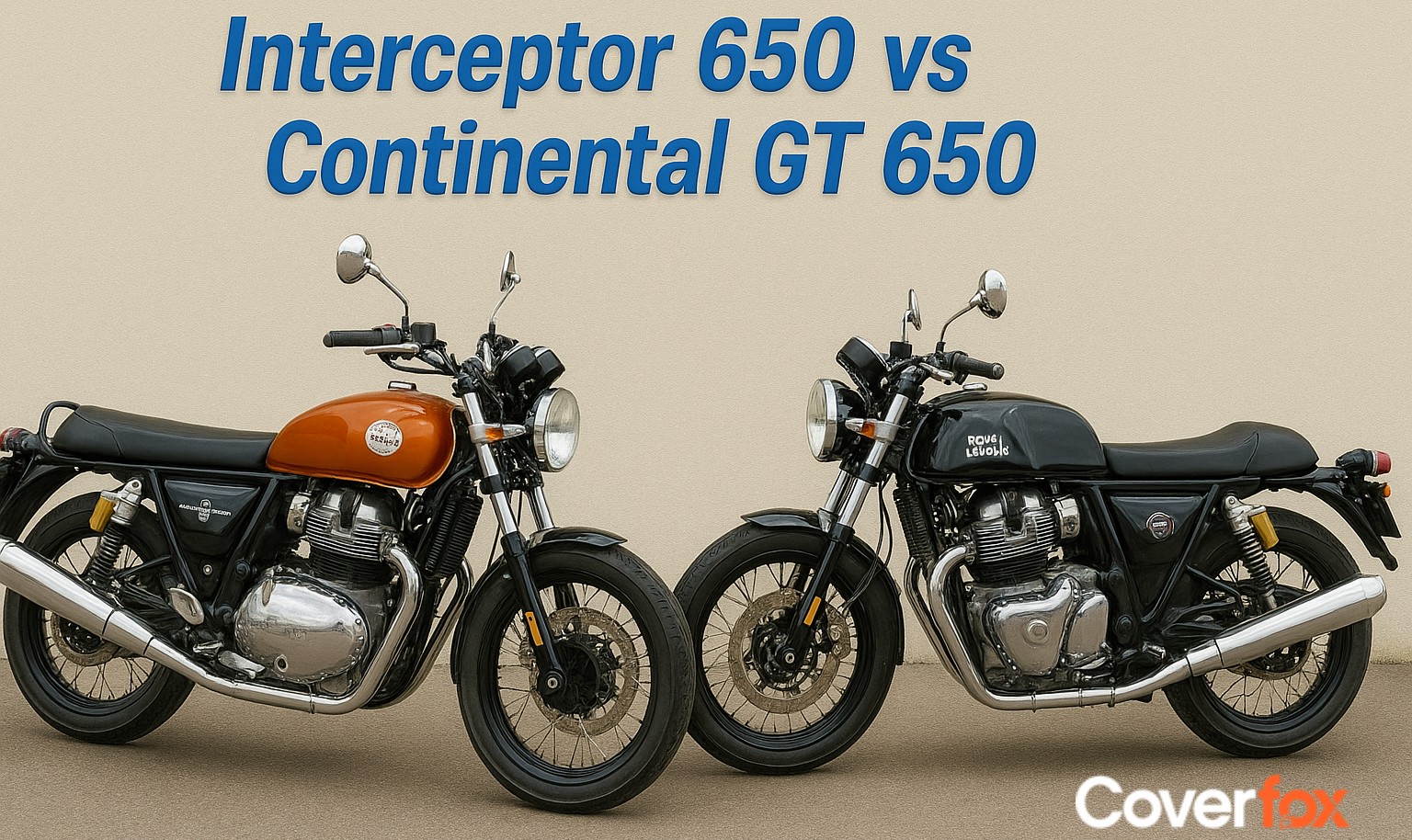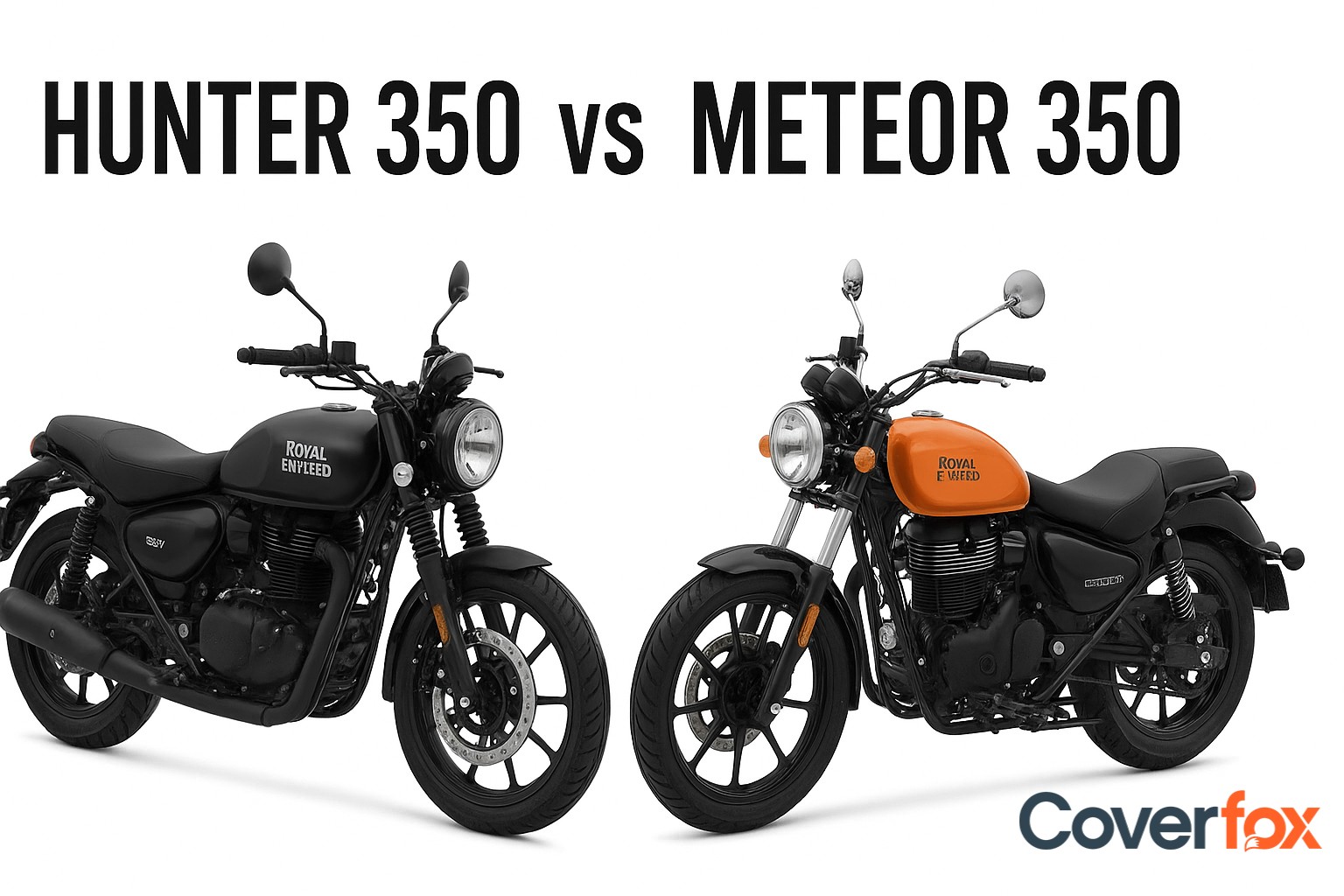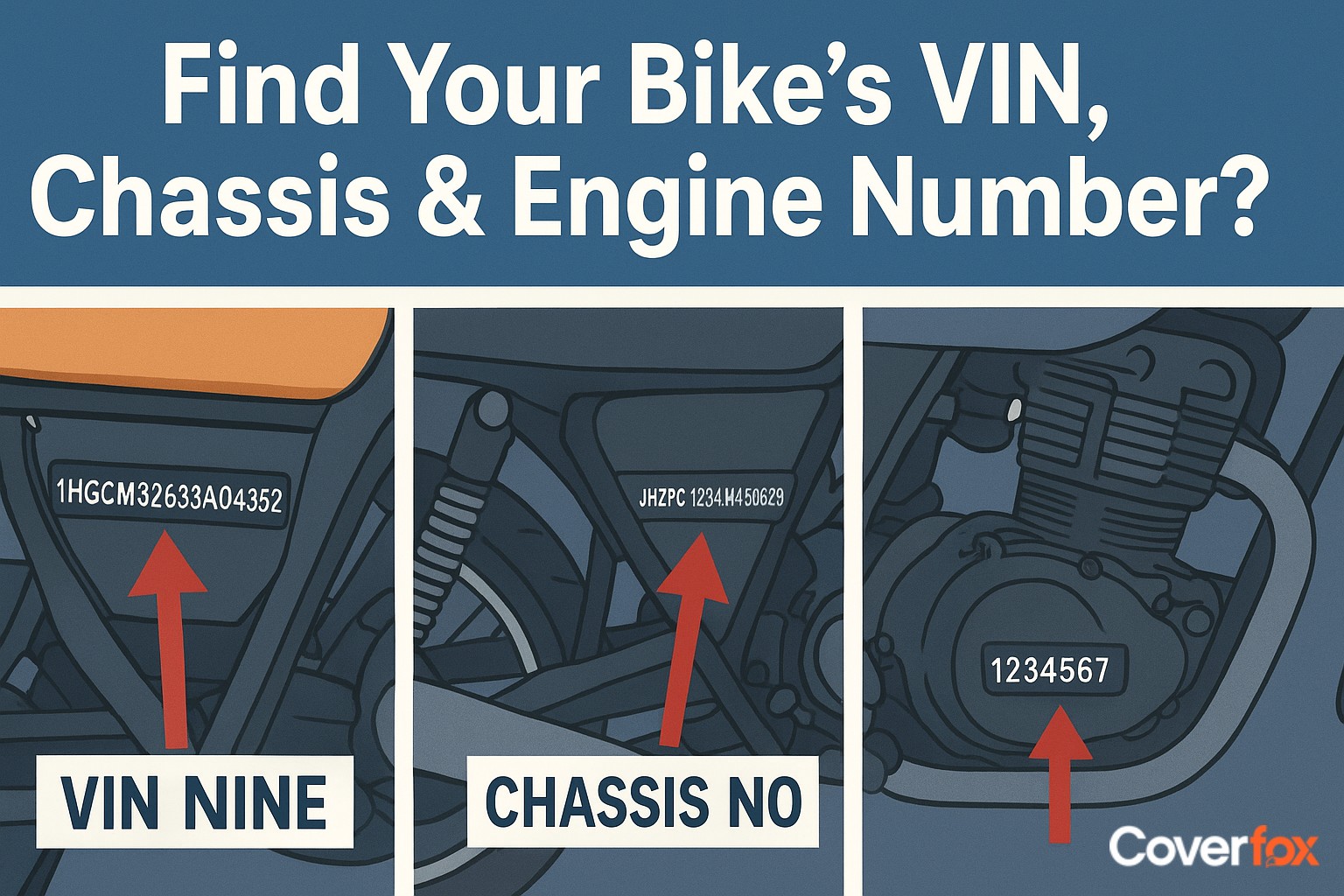Before we start with the mechanics of a slipper clutch, let us understand what a clutch is and how it is useful in cars. A clutch is a connector or facilitator which connects the car’s transmission (gear system) to the engine.

Usually, the engine transfers the power to the wheels via a transmission (via gears), which controls the output given to the wheels. In manual cars, if you shift a gear without a clutch there will be a disparity between transmission axle and engine axle which will lead to friction and unmatched speed.
To tackle this problem a clutch, which is a temporary detaching component between the engine and the car’s transmission system is activated when you press the clutch pedal. It separates them temporarily to accommodate a change of gears and connects both sides again when released.
What Is a Slipper Clutch?
As we have understood the workings of a clutch, a slipper clutch, also known as a back-torque limiter clutch works mechanically to disengage the clutch in smaller intervals when there is a sudden shift from high-speed gear to a low-speed gear.
When such a shift occurs there is a risk of difference in back wheel and engine rpm. Which might lead to the rear wheel locking. To solve this the slipper clutch is mechanically designed to disengage the connection between the rear wheel and engine in smaller intervals from one end. This is done so that the rear wheel doesn’t lock up and the engine rpm doesn’t add up to the wheel locking.
Why Is a Slipper Clutch Used in Bikes?
Originally bikes used normal clutches. Yet, in the scenario of sudden downshifts, there were instances of the rear wheel being locked. This locking of the wheel is for a mere few seconds and when there is a sudden downshifting of gears or braking. Because of this many bike racers may find this locking critical because there is a loss of control and time. To tackle this problem, slipper clutches are used in bikes to prevent the back wheel from locking via temporary disengagement. Which enables the tyers to gain ground momentum and find traction.
How Does a Slipper Clutch Work?
A slipper clutch works by partially disengaging the clutch during aggressive downshifting to prevent rear-wheel lock-up. When the rear wheel forces the engine to rev higher than it should, the slipper clutch allows controlled slippage between the clutch plates.
This reduces engine braking and helps maintain traction. It uses angled ramps or cams that separate the clutch plates under reverse torque. Once normal torque resumes, the clutch re-engages fully. This system improves safety, especially at high speeds, and provides smoother corner entry for sportier riding.
Components of a Slipper Clutch
Below are a few of the components of a slipper clutch:
Clutch Hub
Friction and Steel Plates
Pressure Plate
Ramp or Cam Mechanism
Clutch Springs
Bearings and Retainers
The clutch hub is mounted on the transmission input shaft and connects to the friction plates. It transfers engine torque to the gearbox when the clutch is engaged.
Friction plates (with high-friction material) and steel plates alternate inside the clutch pack. They engage to transmit power and disengage to interrupt it.
The pressure plate applies force to squeeze the friction and steel plates together, ensuring torque transfer from the engine to the transmission.
Found in slippers or assist clutches, this mechanism helps reduce clutch lever effort or prevent wheel hop during aggressive downshifts.
These provide the necessary force to keep the clutch plates engaged. Stronger springs increase clamping force, while softer ones reduce lever effort.
These components ensure smooth operation and alignment of rotating clutch parts, reducing friction and wear over time.
Types of Slipper Clutches
The working of the slipper clutch remains the same while, the timings and the conditions when it is engaged lead to various types of slipper clutches which affect its precision and timely preservation of control:
Mechanical Slipper Clutch
Hydraulic Slipper Clutch
Electronic Slipper Clutch
A mechanical slipper clutch works on the principle of triangular edges which move freely when the engine and wheel rpm match. When a sudden disparity occurs, the triangular edges stop while lifting one end of the clutch to prevent the rear wheels from locking.
A hydraulic slipper clutch works on the principle of fluid pressure. They provide easy slipper clutch engagement with the help of a master cylinder and subsequent cylinder near the clutch system to enable the slipper clutch hydraulically.
The electronic slipper clutch uses the electronic control unit to engage the slipper clutch under extreme rear wheel and engine rpm differences. It provides precise, adaptive control based on real-time riding conditions.
Pros and Cons Slipper Clutch in Motorcycles
The slipper clutch is better than a normal clutch, however, they have both sides their pros and cons which are explained in the table below:
| Pros | Cons |
|---|---|
| Helps in sudden braking | High maintenance |
| Reduces the stress between the engine and wheel | Higher cost compared to normal brakes |
| Improves cornering ability | Reduced engine braking |
| Reduces driver fatigue | Heavier assembly |
| Smoother downshifts | Limited benefit in regular driving |
Maintenance Tips for Slipper Clutches
Being an advanced version of the normal clutch, the slipper clutch enables your motorcycle to perform a bit better in sudden turns and braking. Below are a few of the maintenance tips to take care of your slipper clutch:
- Avoid constant clutch use
- Maintain the clutch regularly
- In case of wear and tear, repair it quickly
- Use lubricants to ensure the smooth working of a slipper clutch
- Inspect steel and friction plates regularly
- Avoid excessive engine braking
- Take care of regular oil changes.
Slipper Clutch vs Standard Clutch
Slipper clutch and standard clutch are often disputed over choice and actual usage on the road. Thus, below is a table explaining the slipper clutch vs standard clutch for your reference:
| Feature | Slipper Clutch | Normal Clutch |
|---|---|---|
| Function During Downshift | Reduces back-torque and prevents rear-wheel lockup | Transfers full engine braking to the rear wheel |
| Ride Stability | Offers smoother and more stable downshifting, especially at high RPM | May cause wheel hop or instability during aggressive downshifts |
| Use Case | Ideal for sport/race bikes and high-performance riding | Suitable for daily commuting, touring, and basic riding |
| Complexity | More complex with additional ramps or cams | Simpler mechanical design |
| Cost | More expensive to manufacture, install, and maintain | Cheaper and easier to maintain |
| Engine Braking Feel | Reduces engine braking effect | Stronger and direct engine braking |
List of Bikes that Come with Slipper Clutch in India
As we have been through the working, components, pros and cons of a slipper clutch. Here is a list of bikes in India that come with a slipper clutch along with their ex-showroom price.
| Model | Engine | Segment | Ex-showroom Price (in ₹ )* |
|---|---|---|---|
| Ducati Panigale V2 | 955cc L-twin | Supersport | ₹ 20,98,000 |
| Kawasaki Ninja ZX-4RR | 399cc inline-four | Supersport | ₹ 9,42,000 |
| Kawasaki Z650RS | 649cc parallel-twin | Retro Sport | ₹ 7,20,000 |
| Royal Enfield Super Meteor 650 | 648cc parallel-twin | Cruiser | ₹ 3,98,885 |
| KTM Duke 390 | 648cc parallel-twin | Bobber | ₹ 3,59,430 |
| KTM Duke 390 | 399cc single-cylinder | Streetfighter | ₹ 2,96,670 |
| TVS Apache RTR 310 | 312.2cc single-cylinder | Naked Sport | ₹ 2,49,990 |
| Bajaj Pulsar NS200 | 199.5cc single-cylinder | Naked Sport | ₹ 1,58,976 |
| Honda NX200 | 184.4cc single-cylinder | Adventure Tourer | ₹ 1,69,072 |
| Royal Enfield Hunter 350 | 349cc single-cylinder | Roadster | ₹ 1,49,000 |
* The ex-showroom price is subject to change as per country, company and other factors. Kindly visit the official website or dealer of the company to get the correct estimates.
Conclusion
The slipper clutch is a smart invention, which helps to tackle the rear wheel torque and doesn’t let the motorcycle be affected by it. Its components consist of a clutch hub, friction and steel plates, pressure plate, ramp or cam mechanism, clutch springs, bearings, etc. The type of engagement of the slipper clutch is divided into three types such as mechanical clutch, hydraulic clutch, and electronic clutch.
The major function of these clutches is to prevent the rear wheel from locking and maintaining the bike’s stability. Earlier these clutches were majorly used in sports bikes because of their high efficiency and braking stability. However, they are offered in today’s motorcycle segment. Given the normalisation of slipper clutch, various motorbikes such as the Royal Enfield Hunter 350, KTM Duke 390 and many other bikes have them. Last but not least, whether it's the engine or the clutch, protecting your ride from wear and tear with comprehensive two wheeler insurance is a smart move.
Also Read:
Frequently Asked Questions
Is a slipper clutch necessary for beginners?
No, a slipper clutch isn’t necessary for beginners.
Which is better, a wet clutch or a slipper clutch?
A slipper clutch is better for performance and safety during aggressive downshifting, while a wet clutch offers durability and smoother operation for everyday riding.
What is the effect of the slipper clutch?
The Slipper clutch prevents the rear wheel from locking upon a sudden downshift of gears.
Can we replace the normal clutch with a slipper clutch?
Yes, you can replace a normal clutch with a slipper clutch, but it requires compatibility checks and possible modifications to the clutch housing and transmission.
How do I know if my bike has a slipper clutch?
You can check your bike’s user manual or spec sheet, or test it by doing aggressive downshifts; the rear wheel doesn't lock or hop, and the engine braking feels smoother, it likely has a slipper clutch.
Are slipper clutches only used in racing bikes?
Slipper clutches aren’t just for racing bikes anymore, manufacturers now include them in their latest models for improved performance and safety.





